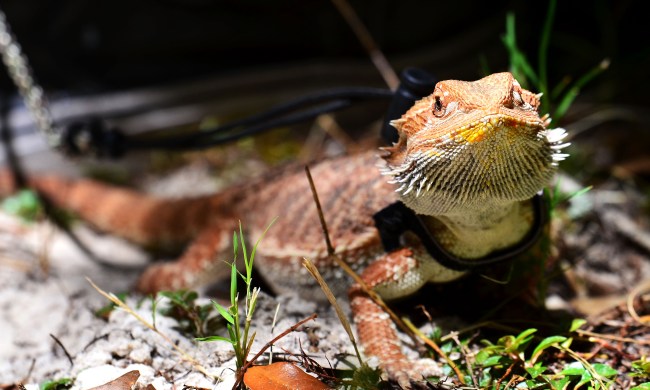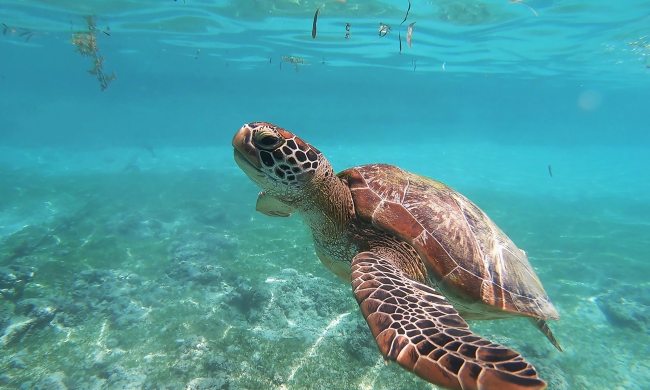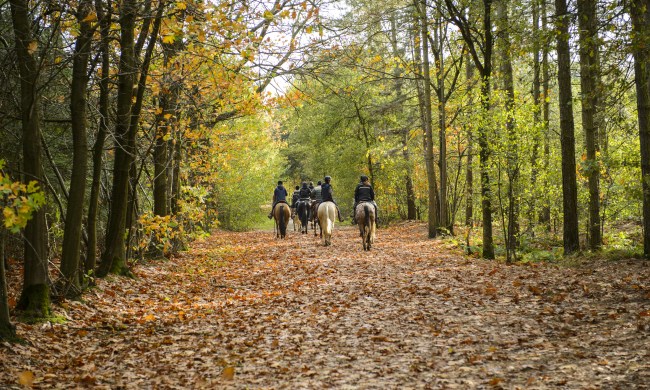We don’t want any more species to go the way of the dodo, but unfortunately, other animals could be following in their footsteps. New creatures get added to the endangered list every year, and we need to work to save them, both by helping the species individually and by fixing the problems that got them there in the first place. For National Wildlife Day, take a look these six creatures who need us and learn more about what you can do.
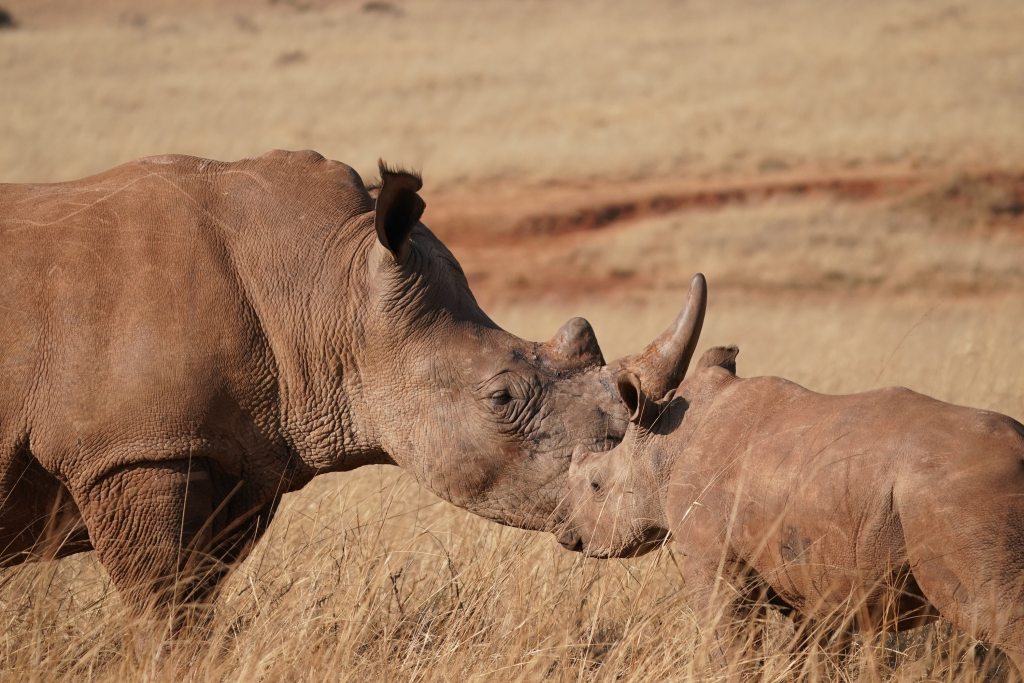
Rhino
A few different types of rhinos exist in nature, and three make it to this list. Sadly, we have only two northern white rhinos left, both being kept safe and watched around the clock. Sudan, their male companion, died in 2018. While all hope is not lost (scientists continue to look into various breeding programs), they probably won’t have much time left. Since none exist in the wild, they aren’t even on our list, so the others that we need to worry about are the black, Javan, and Sumatran rhinos. Hunting, poaching, and habitat loss make up the biggest threats to these bulky animals. A rhinoceros horn can be worth close to $500,000, and so despite efforts, they still get killed today. You can help by adopting a rhino through the International Rhino Foundation. The good news: We’ve already seen some success with increasing numbers of the Indian rhino, so there’s still time to save this animal.
Vaquita
The vaquita, a close relative of the dolphin, could go extinct this year. As few as 10 of these marine mammals live today, and they need a last push to keep them around. Fishing is their biggest threat because they wind up caught in nets (not meant for them but for their fish neighbors) and drown. This porpoise lives in the Gulf of California, where it’s difficult to prevent illegal fishing. One piece of good news: Baby vaquitas have been spotted recently, so they may yet have a future. You can add your voice by signing this Change.org petition.
Bonobo
They don’t look that much like us, but bonobos (along with chimps) are our closest living relatives. Bonobos face many threats like poaching and habitat loss in Africa and fewer than 20,000 remain. Our cousins need our help! One difficulty is that bonobos make great mothers and spend upward of five years caring for each baby, which means populations grow slowly. Also like us, they don’t reach maturity until their teenage years, about 12, so it takes a long time for them to grow up and start reproducing. These apes live in the Democratic Republic of the Congo, and the African Wildlife Foundation and other organizations have partnered with local scientists and communities to help save the species together. Learn more about the plan to save bonobos here.
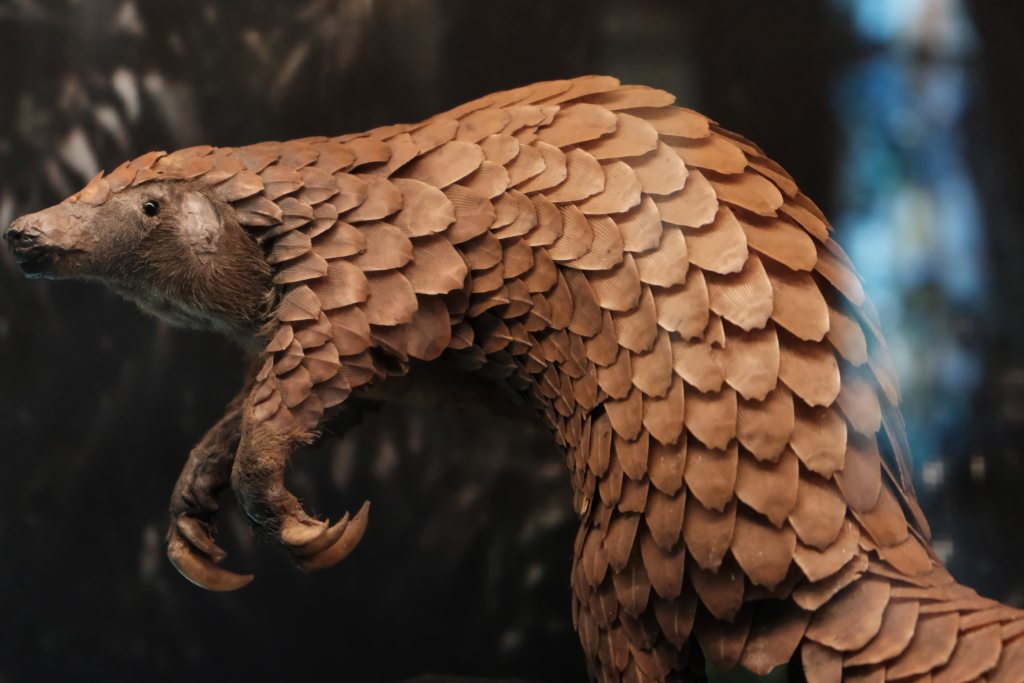
Pangolin
Saving pangolins begins with an easy step: learning about pangolins. You may never have seen or even heard of them, but this endangered animal is essential to maintaining habitats. Because they eat so many insects, like termites, they help keep bug populations under control. Mammals are known for being soft and fuzzy, but the pangolin is covered in scales, similar to our fingernails. Because of this, traffickers around the world sell them. The Pangolin Crisis Fund constitutes a partnership of multiple organizations that allows 100% percent of donations to go toward the cause. Additionally, you can help raise awareness in your community by talking about this little animal — he needs the publicity.
Sea turtle
Sea turtles made the news when thousands were rescued after a cold snap off the coast of South Padre Island in Texas. Sea Turtle, Inc., recruited volunteers to find these underwater reptiles and bring them to safety. While it was a huge success, marine turtles remain endangered and at risk from climate change. Some also get injured by boats, nets, and predators, especially when they come ashore to lay eggs. Those who’ve been disabled can live, but they need some help along the way. That’s why Sea Turtle, Inc., rehabilitates many turtles with the goal of releasing them back into the wild. Others stay ashore (if they won’t make it on their own) in the facility to educate and live out their long lives safely. You can visit in person or check out their virtual education programs.

Panda
Perhaps the most well known and beloved of our endangered animals, wild pandas have started to rebound. World Wildlife Fund (WWF) first adopted their panda-themed logo in 1961 and has strived to help this gentle giant ever since. Some of this work has paid off, since giant pandas now have vulnerable status, but we can’t stop now. Deforestation has reduced the amount of bamboo available for them to eat, and many pandas wind up isolated, unable to find a mate. Luckily, nature reserves allow pandas uninterrupted areas to graze and safe places to sleep, their favorite activity. Protecting pandas can be fun with panda merch that saves the animal and spreads the word.
Unfortunately, this isn’t even close to the full list, and there are lots of other animals out there you can help. WWF is a great resource to research lots of different species and their predicaments. You can also take up environmental causes like reducing your carbon footprint or nixing plastic straws. It doesn’t seem like much, but we can save these animals if we set our minds to it.

